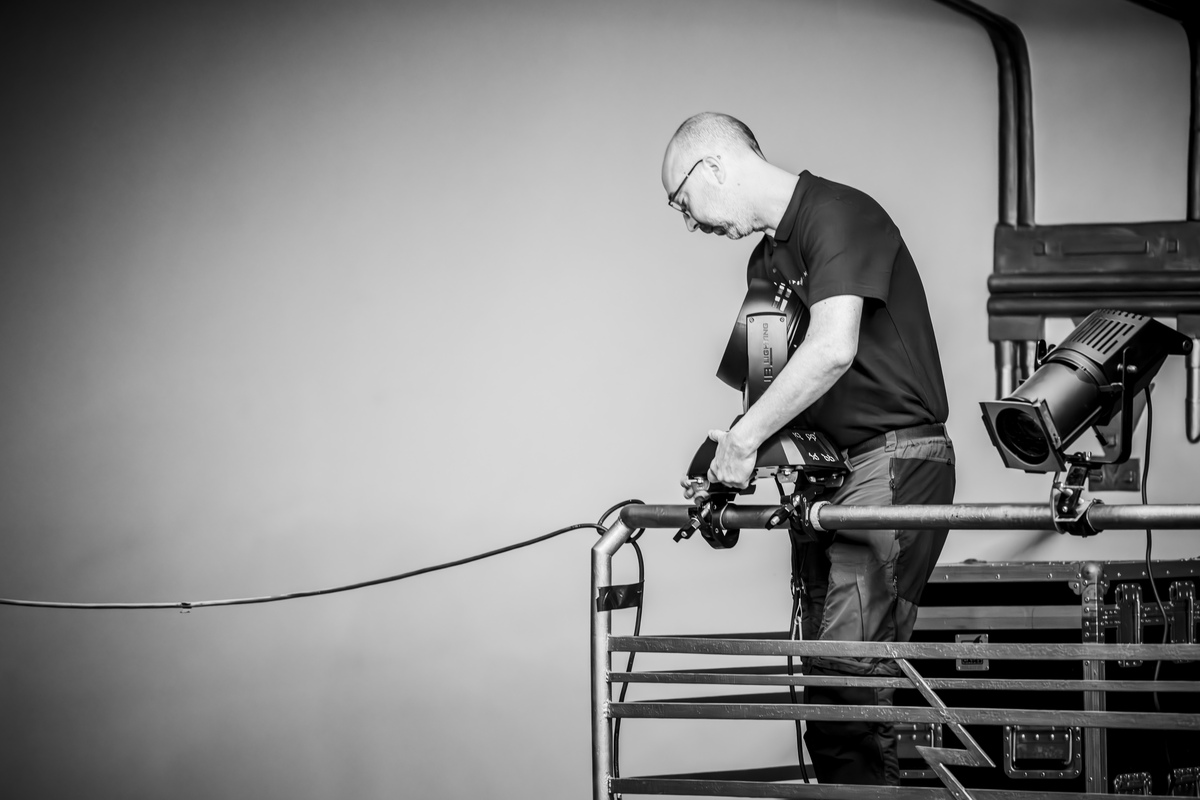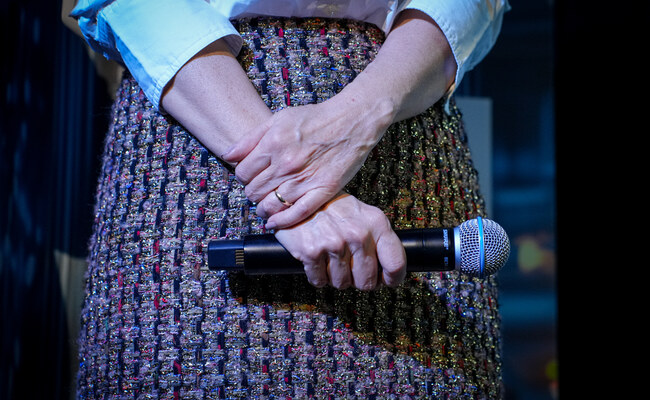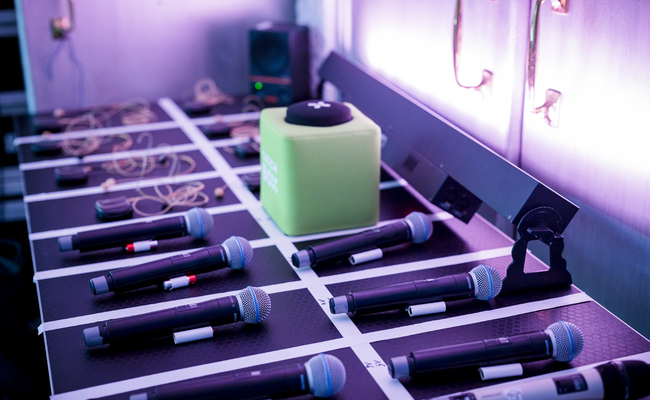
Setting up the day before: the golden rule for every event...
Even for the small ones!
Behind the scenes of a seamless talk, a perfectly orchestrated room, or a smooth live broadcast, there’s often one thing no one sees: the day before.
An empty venue. Black screens. A solemn silence.
In that stillness, a team of technical companions steps in. They set up, fine-tune, anticipate. Why? Because when a message truly matters, nothing can be left to chance.
And last-minute chaos? We’d rather defuse it before it even starts.
Spend time on-site and you’ll notice it: what makes or breaks an event isn’t always visible. I’ve spent years on the organizing side, the first to arrive, the last to leave.
That moment when you walk into a room and everything’s already in place?
You breathe deeper. You know this event is going to stand tall.
I. The hidden game-changer: buying peace of mind
Some still believe everything can be set up the same morning, starting at 5 or 6 a.m.
Technically? Sometimes, yes.
Strategically? Big mistake.
A late setup means everything feels urgent. One tiny delay or mishap… and the whole flow starts to falter.
Setting up the day before takes that tension off the table.
It gives you space.
And in the world of events, space is a luxury you don’t negotiate.
Because when showtime hits, the audience is already waiting at the door.
II. Rehearsing the real, not just the plan
Set-up isn’t just about placing gear.
It’s about entering the rhythm of the event.
It’s letting the room speak before it fills with people.
It’s tuning the tech desk like you’d tune an instrument before a concert.
It’s placing the lights where the speaker will stand.
Checking that the visuals show up perfectly.
That nothing blocks the path.
That the camera captures exactly what it should.
Sometimes, it also means letting the speakers visit the space the day before, so they can get a feel for it, walk around, soak it in.
Speakers are performers.
They need rehearsal, rituals, warm-up time. I’ve seen it countless times. These moments of grounding are what allow their message to truly land.
It’s also the only time when teams can really sync.
When catering, security, furniture all arrive one by one, everything’s already flowing. No overlaps. No confusion.
An event isn’t one team. It’s a ballet.
And in certain venues, early-morning setups miss one key thing: the real lighting.
Daylight matters. Testing your stage design in natural light means you avoid awkward surprises onscreen later.
These are the invisible details that make people say afterwards:
“It was flawless.”
III. What it actually changes
When everything’s ready the day before, the person in charge walks in and the room feels alive.
They can think.
Rebrief the team.
Grab a coffee.
Tweak a slide without worrying if it’s “too late”.
They’re not chasing down technicians.
They’re greeted by calm faces—not people running.
They can sense that everything is ready—even the parts they can’t see.
And the crew? Different energy.
A team that’s rested is a team that responds, not just reacts.
Present. Sharp. Steady.
And that energy, any speaker or organizer can feel it.
I used to feel it.
It’s what gave me confidence, every time.
What to take away
- Setting up the day before isn’t just about saving time. It creates breathing space.
- It’s about testing the reality, not just following a plan.
- It’s how you treat your speakers like artists, respecting their stage rhythm.
- It’s how you let each partner plug into the big picture smoothly.
- And it’s how you welcome every speaker and decision-maker with the level of attention they feel, without ever having to ask for it.
Comfort doesn’t start when the doors open.
It starts in the quiet, deliberate calm of the day before.
And that’s what makes the difference between an event that simply runs, and one that truly resonates.
Written by Julie Verstappen, event coordinator with 20+ years of experience
After years of designing and coordinating diverse events, from adaptive sports to corporate training, I’ve learned that success isn’t just about logistics or technical details. It comes from a delicate balance of clear objectives, smooth execution, and shared emotions.
Through my articles, I offer insights and practical advice drawn from real-life experience to help you transform ideas into unforgettable experiences designed to achieve your goals and leave a lasting impression.


